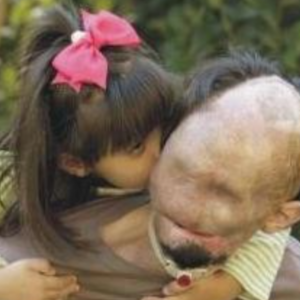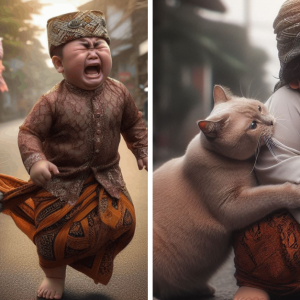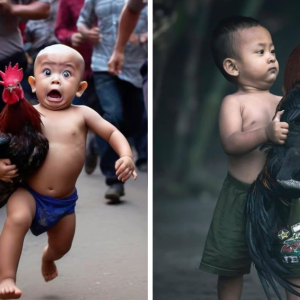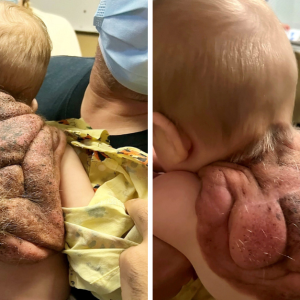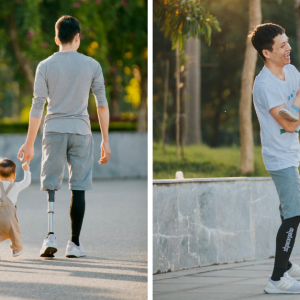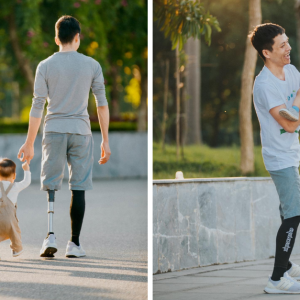Abby and Erin Delaney were born in the Garbose Family Special Delivery Unit at CHOP after being attentively monitored by the Center for Fetal Diagnosis and Treatment. The Delaney twins were united at the top of their heads, a condition known as craniopagus, which is the rarest form of conjoined twins. The sisters were the first pair of craniopagus conjoined twins separated at Children’s Hospital of Philadelphia (CHOP).
Yes, they are conjoined, but there are times when one of them is crying and the other is completely sound asleep, and I like to remind myself that you can’t just lift up the crying one.

As a parent, you will always love your child no matter what their problem is, what they do, or how they appear. It is possible to connect children in a variety of ways through the mind. One is if they are connected at the front or rear; the other is if they are connected and they share skin, which is extremely rare and almost never observed. In this instance, however, they share bone and the brain’s coverings, the dura. In these children, it appears that they only share the skull and coverings, but they also share the sagittal sinus, an essential vein that runs down the middle through which approximately 20% of your cardiac output passes.

Multiple stages are required to separate conjoined twins surgically. During the first ten months of their lives, the sisters underwent a series of surgical procedures, including the insertion of expanders to stretch their skin. It’s a very large team, and this is the sort of thing that they practice beforehand so that on the day of surgery, everyone has a very well-defined role; everyone understands what their role is. Hence, it resembles choreographed dance movements.

Therefore, multiple interventions are required over the course of several months. The younger infants are, the greater their regenerative capacity. The separation of conjoined twins is a very complex surgical procedure followed by a lengthy and difficult recuperation period. A multidisciplinary team of approximately 30 members, including physicians, nurses, and other medical staff from neurosurgery, plastic and reconstructive surgery, and anesthesiology, participated in the separation operation, which lasted approximately 11 hours.

It was a protracted operation with many emotional and physical ups and downs, both for their team members and for the girls themselves.

Formerly conjoined twins require urgent, specialist care after separation. As the separated children recovered from surgery, their suʀɢᴇᴏɴs, nutritionists, developmental pediatricians, and other specialists monitored them closely to ensure that they were receiving the finest clinical care possible to help them flourish and grow. They also received intensive therapy from a team of speech, occupational and physical therapists. Over the next few years, the girls will require additional surgeries to replace missing bone in their skulls and to minimize scaring.

To say the least, the two months following surgery have been a rollercoaster. For what they’ve been through, they’re such cheerful, joyful little kids. They’ve never lived anywhere other than the Hospital and are still happy; they’re not tᴇʀʀɪfɪᴇᴅ of people. The girls have been doing well in their therapies and a slowly but surely still progressing. It’s just amazing to see that they’re so brave through all of this.

The girls’ journey is far from over. And it feels a lot of times like we’re about to go home, we’re almost done, but I have to keep reminding myself we still have a lot of obstacles to overcome. The biggest thing is right now they don’t have any skulls on the top of their heads.

When they first found out about them, they really didn’t know what to expect, but in coming here, it’s been a family. That really is a place where miracles happen.
